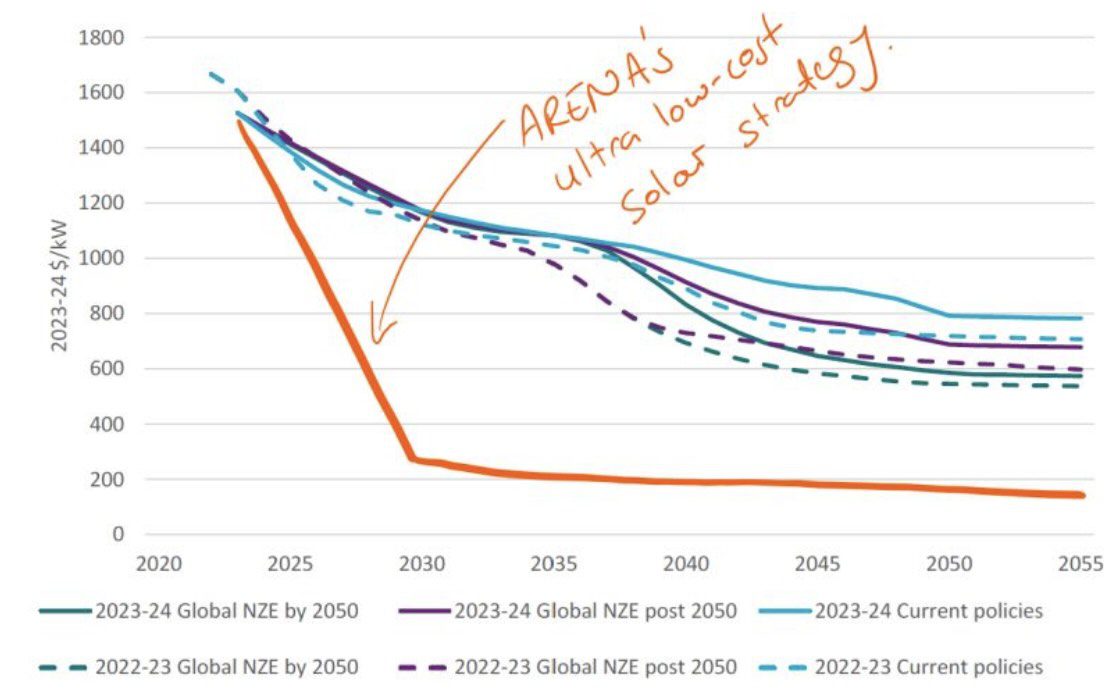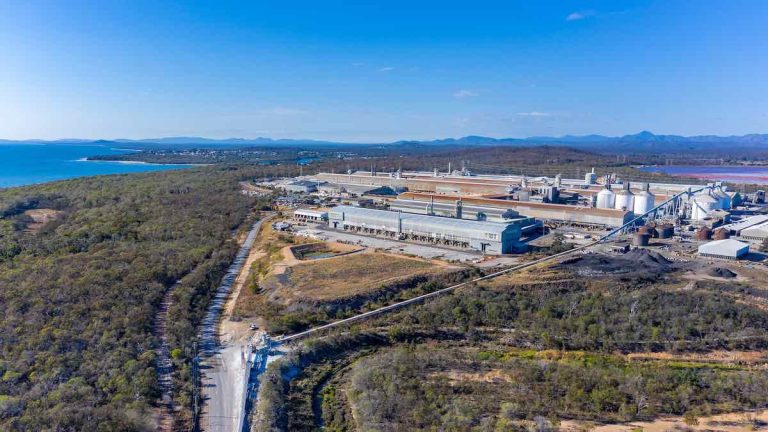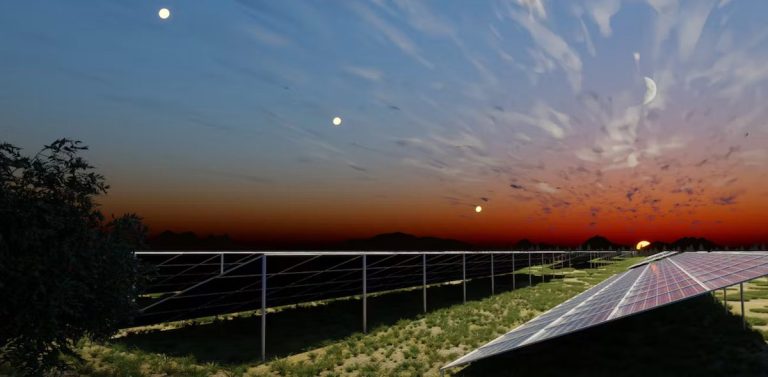Australia’s game-changing ultra low cost solar target
The recent release of the CSIRO GenCost report has reignited discussions on the expenses associated with various energy generation technologies. Particularly, critics from the nuclear sector have expressed discontent with the acknowledgment from Australia’s primary scientific research agency that nuclear power is indeed a costly option.
While the high costs of nuclear energy are widely recognised within the energy industry, there has been a strong pushback against this reality on social media, conservative media outlets, and even from the federal Opposition. The opposing view persists that renewable energy sources are the most financially burdensome and pose risks of power outages and economic downturns.
Potential for Ultra Low-Cost Solar Technology
In response to the CSIRO’s projections, Darren Miller, the head of the Australian Renewable Energy Agency (ARENA), has presented a compelling argument. He shared a graph on his LinkedIn page that juxtaposes the CSIRO’s solar cost forecasts with Australia’s ambitious “ultra low-cost solar” objective championed by ARENA.
The ultra low-cost solar target, set last year, aims to achieve a significant advancement from the current 22 per cent solar module efficiency and installation costs exceeding $1 per Watt. The initiative, known as the “30-30-30” target, strives to reach 30 per cent solar module efficiency and reduce installation costs to 30 cents per watt by 2030. This breakthrough could potentially reduce solar costs to below $20 per megawatt hour, a mere third of the projected 2023 expenses.
Implications of Achieving Ultra Low-Cost Solar
If this target is met, it could revolutionise Australia’s position as a renewable energy powerhouse. The country could significantly boost its direct exports through various means such as undersea cables, hydrogen production, green ammonia, and the development of green industries like green iron and green steel. Moreover, this achievement would fundamentally transform the economic landscape of the Australian energy grid and benefit local consumers.
Such advancements hold the promise of reshaping the energy sector and positioning Australia as a global leader in sustainable and cost-effective energy solutions.






